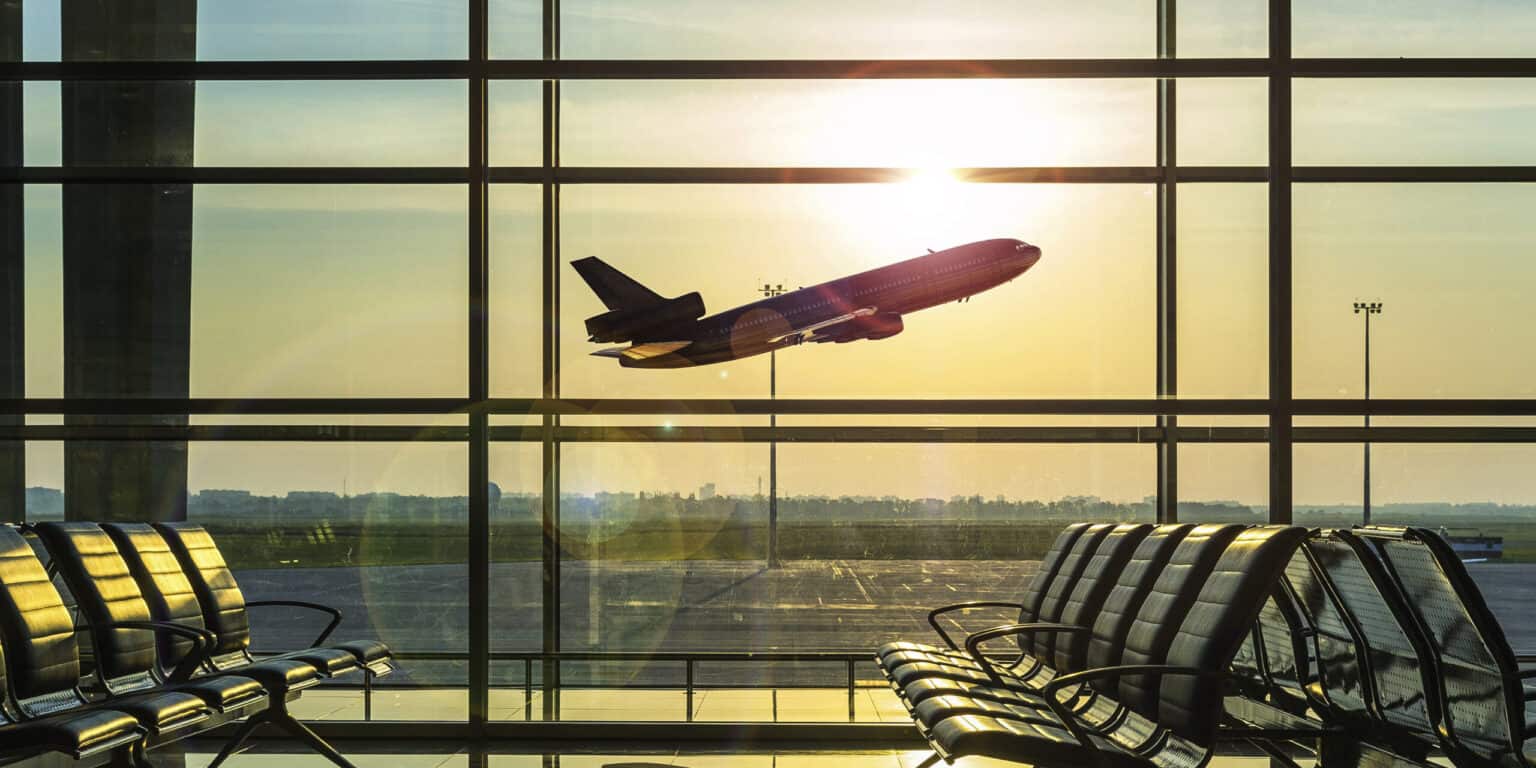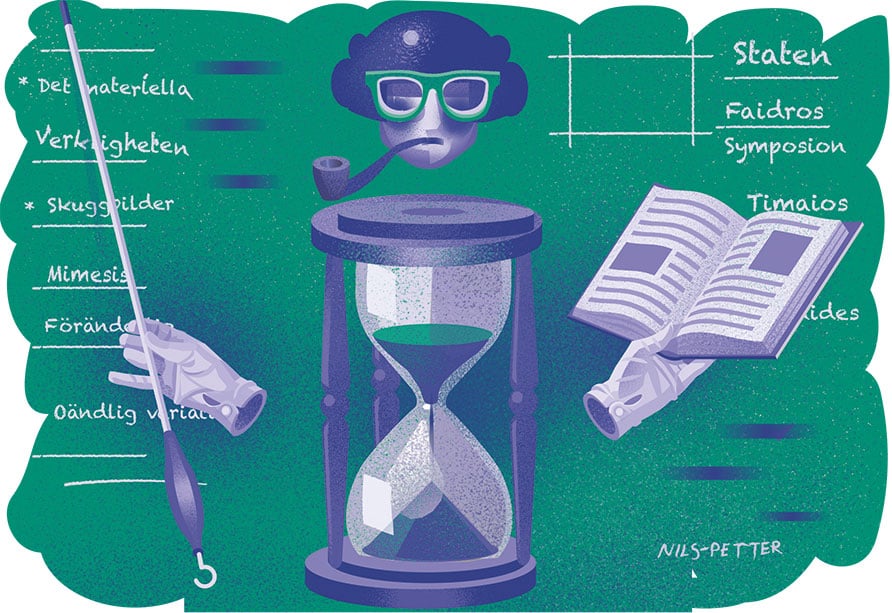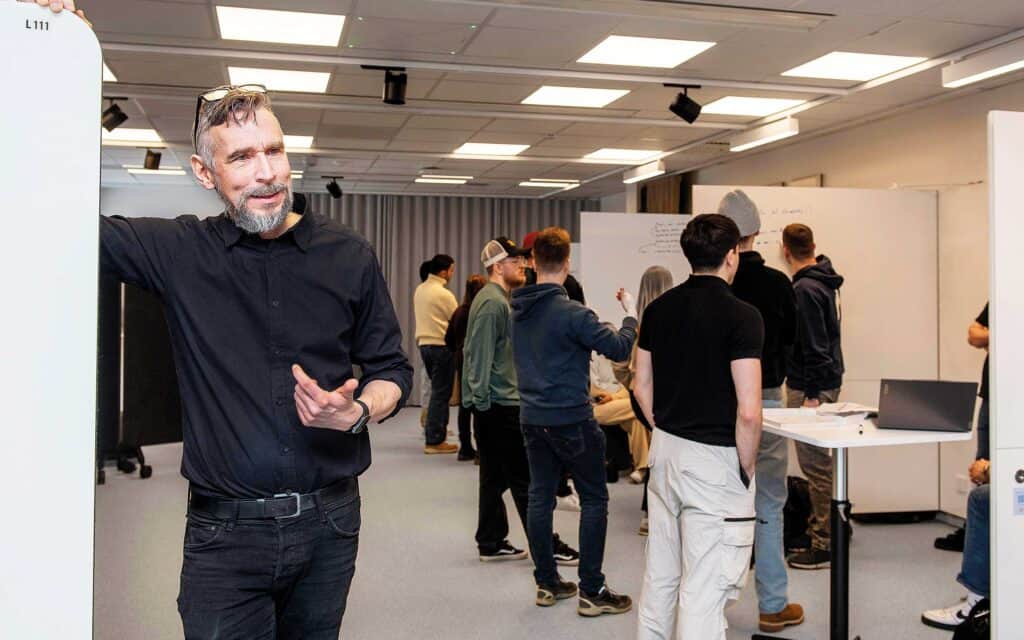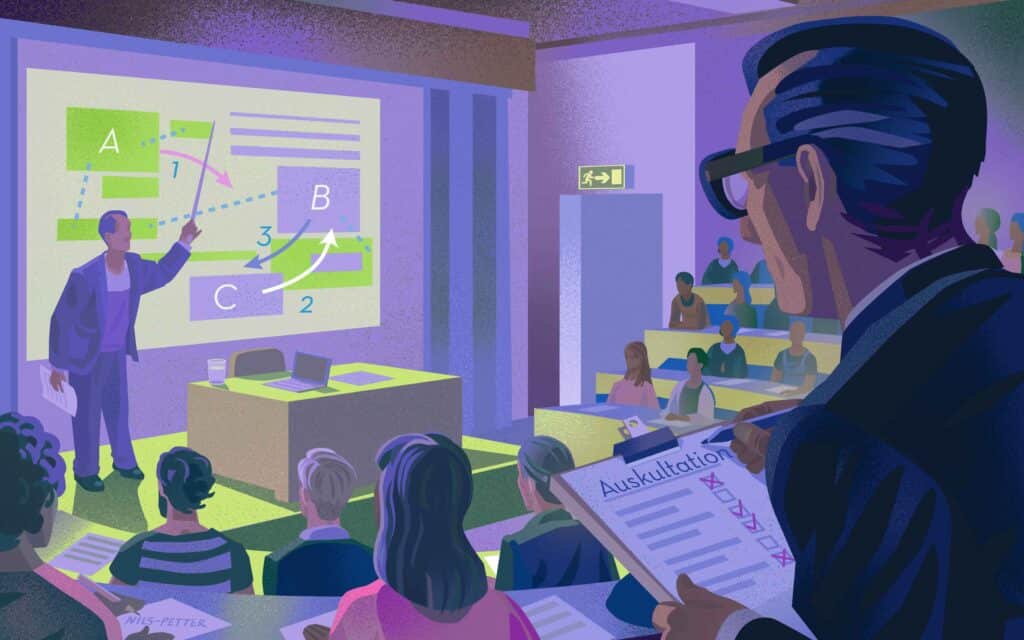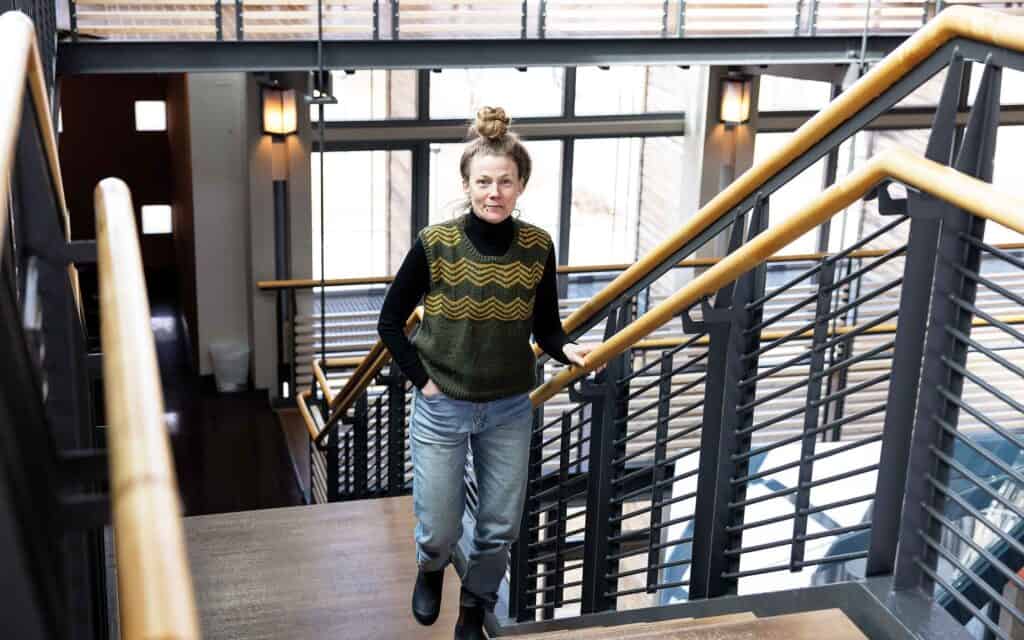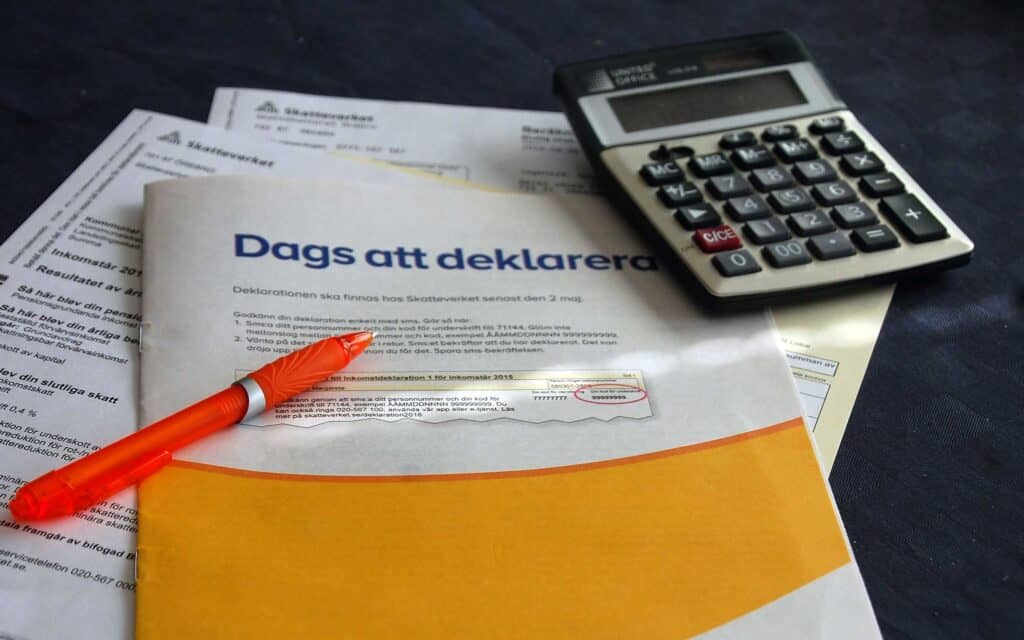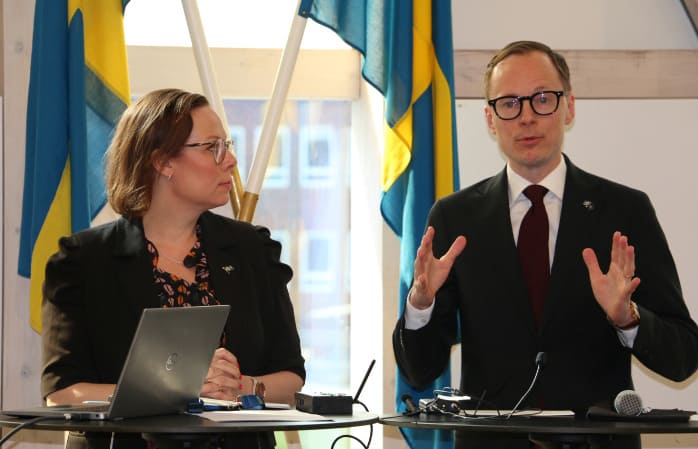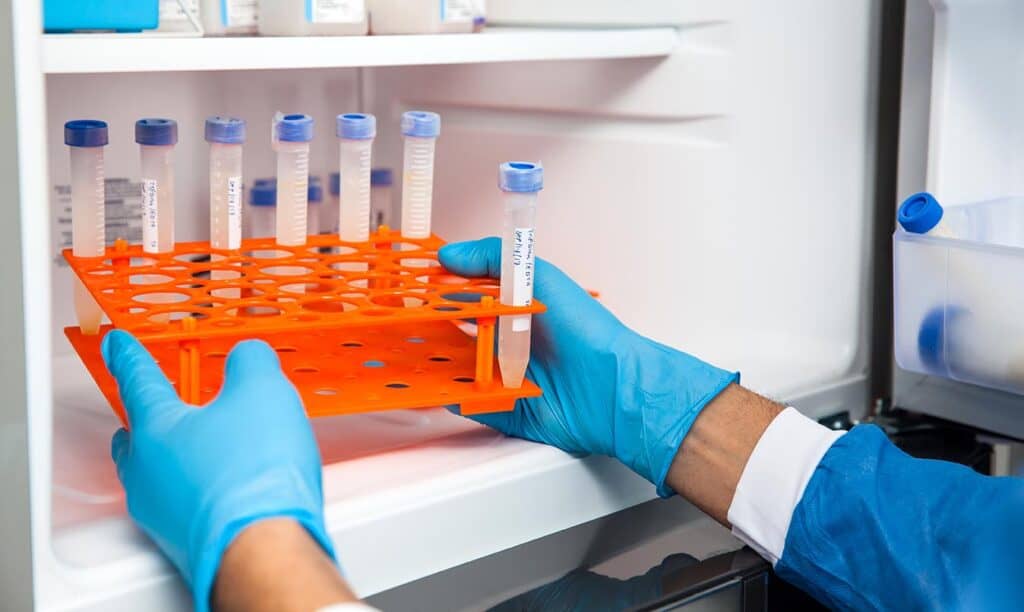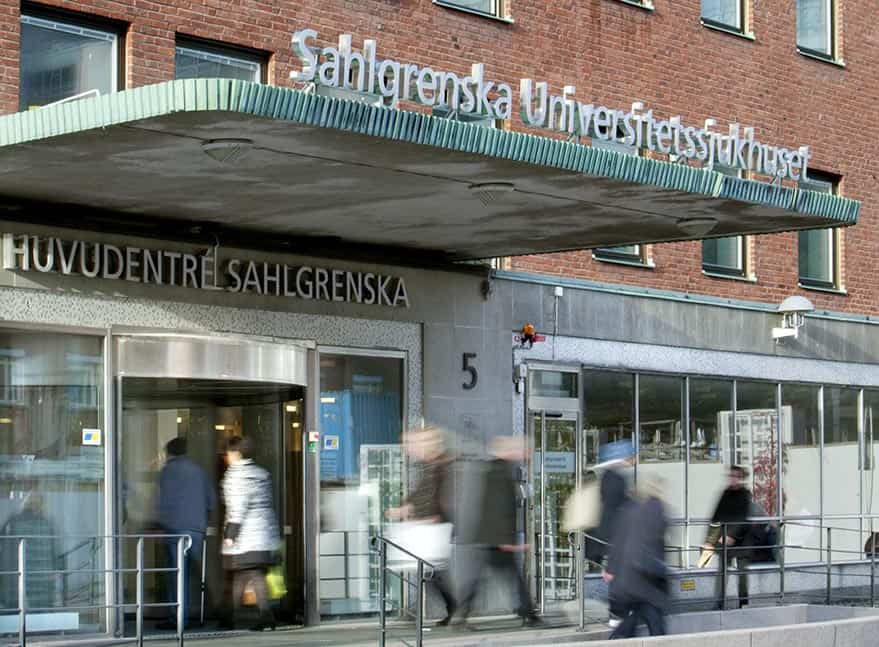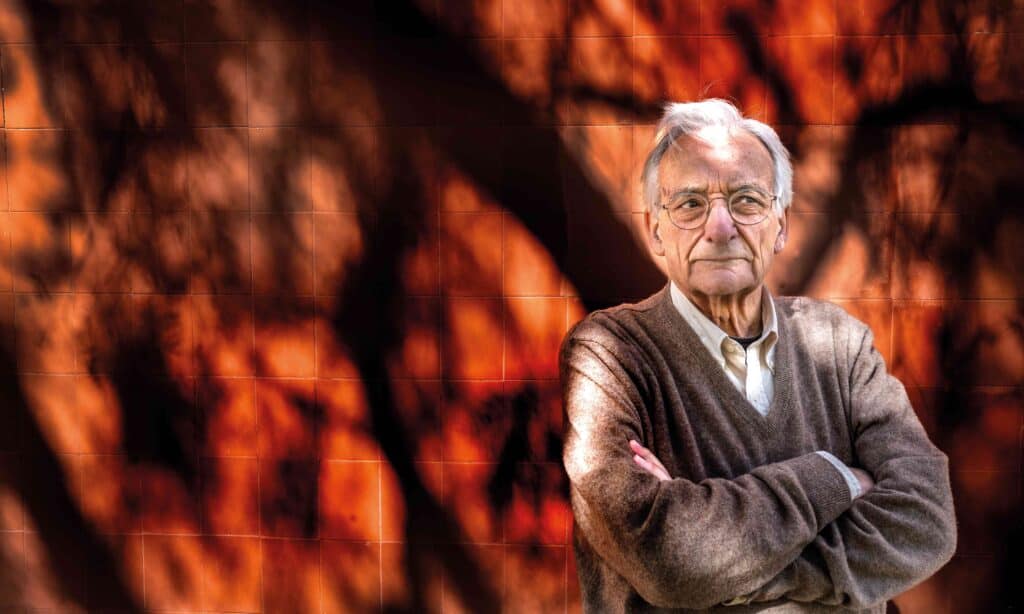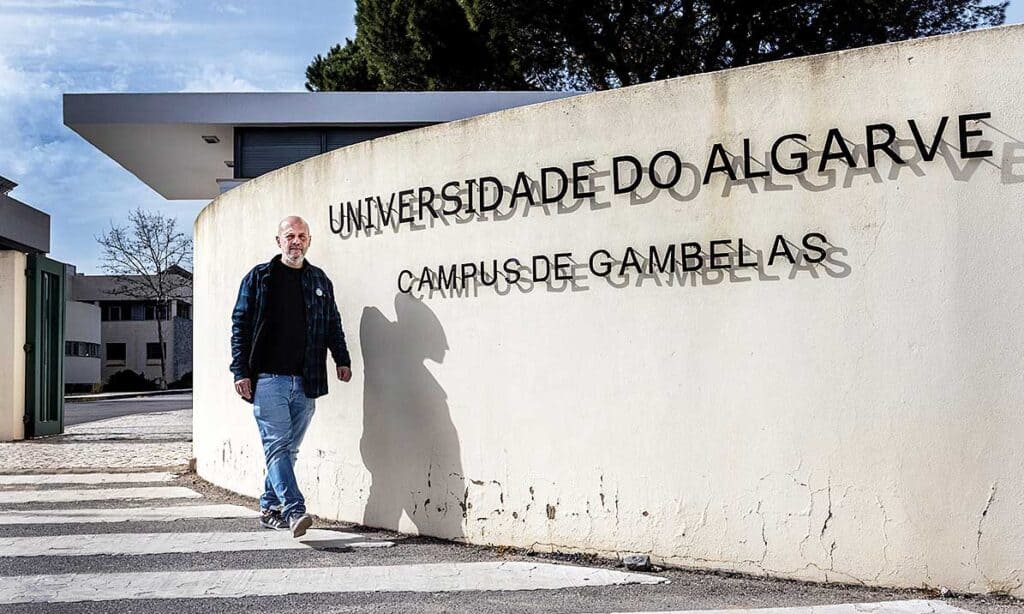Every year, higher education institutions and other authorities report information on travel to the Swedish Environmental Protection Agency, in accordance with the Environmental Management Ordinance.
When it comes to long-haul flights, which the Swedish Environmental Protection Agency defines as air travel of more than 500 kilometres, there were five higher education institutions among the ten state sector authorities that emitted the most carbon dioxide last year. Lund University was responsible for the most of all, 788 tonnes. Uppsala University, KTH, Gothenburg University and Karolinska Institutet are the other four on the list.
Before the pandemic, in 2019, Umeå University was the authority that had the highest emissions level caused by shorter flights, i.e. those shorter than 500 km. Last year, it reduced this type of emission by 87 per cent, but with carbon dioxide emissions of 173 tonnes, it was still one of the authorities that reported the highest levels of emissions in 2021. Only the Swedish Defence Materiel Administration and the Coast Guard emitted more from short-haul flights.
Geographical factors
Per annual workforce, Umeå University emitted 43 kg of carbon dioxide due to short-haul flights last year. The large number of such flights is largely due to its geographical location, according to Lisa Redin, an environmental and sustainability strategist at Umeå University.

“Many of our flights are to Stockholm, and for a flight from Umeå to Arlanda a plane is in the air for just under 500 km, while a flight to Bromma is just over that distance. This means that more or less all our short-haul trips are to Arlanda.”
She cannot say whether Umeå University staff travel more by air than staff at other universities. “But I know that some universities have a stricter policy for travelling by train than we do. I think that affects their travel habits.”
Aim to reduce climate impact
What is reasonable to expect regarding air travel at Umeå University in the future, without pandemic restrictions?
“This year we will definitely fly more than we did last year,” says Redin, “but I think that we will reduce air travel to about three quarters of what it was in 2019. I think that is reasonable.”
She explains that Umeå University’s goal is to reduce its climate impact from travel by increasing the use of digital meeting technology.
When it comes to long-haul flights, using the Swedish Environmental Protection Agency definition, they are around the middle of the emissions list, with 53 kg of carbon dioxide per annual workforce. At Luleå University of Technology, which is further north, the corresponding figure is 192 kg per annual workforce, which is the second highest of all higher education institutions.
Car journeys at more consistent levels
The Environmental Protection Agency also reports on higher education institutions’ car travel, and in total, air travel accounted for about four times as much of their total carbon dioxide emissions as car travel. The Swedish University of Agricultural Sciences, SLU, was by far the higher education institution that accounted for the highest level of emissions due to car travel.
SLU reported emissions of 740 tonnes of carbon dioxide in 2021, including rental cars, taxis, cars owned by SLU and the employees’ business travel in private cars. This corresponds to 232 kg per annual workforce. Just under half of SLU’s carbon dioxide emissions come from rental cars. Lund University had the second highest level of total emissions from car travel, with 109 tonnes of carbon dioxide. This corresponds to 15 kg per annual workforce.
“We rent a lot of cars for our field surveys in the summer,” says Johanna Sennmark, sustainability manager at SLU, “and there is no public transport available for those journeys.”
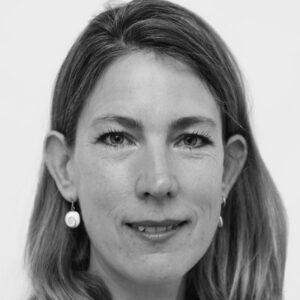
Difficult to rent electric cars
Buying a fleet of cars to use for the field surveys instead of renting is neither environmentally nor financially defensible, because they are only used for a few months a year. However, there is hope that they will acquire a fossil-free vehicle fleet in the near future, she says.
“We do quite a lot to reduce our car travel and are trying to get to a situation where we can rent more environmentally friendly cars, but we have not been very successful. Electric cars are difficult to rent; and if they are available, they are usually not where our forest is. In addition, we need to have cars with fairly high ground clearance.”
The pandemic has not affected SLU’s car travel to a particularly large extent, as the field investigation trips have been able to be carried out within the pandemic restrictions. “But overall, the rest of our travel has decreased significantly due to the pandemic, just like for other institutions,” says Sennmark.
In terms of air travel, SLU reported carbon dioxide emissions of 126 kg per annual workforce last year, including both short-haul and long-haul flights.
